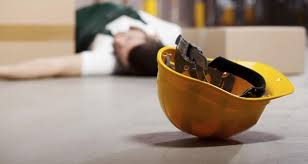We are very excited about both the type of auditing/assessing & consulting work we will be undertaking and opportunities we will be pursuing in 2023.
Auditing/Assessments
The key auditing contracts we will be delivering in the coming year include the project OHS management systems of principal contractors delivering projects for both Major Roads Projects Victoria (MRPV) and the Metropolitan Roads Projects Alliance (MRPA), the OHS management systems of schools as part of the Department of Education & Training OHS assurance program and the staff and contractor OHS management systems of local government authorities.
- Symal Infrastructure & Bild Group – Independent auditing services in OHS, Quality and Environmental project management aspects against the required project specifications as required by their contracts with Major Roads Projects Victoria (MRPV) and the Metropolitan Roads Projects Alliance (MRPA).
- Ernst & Young – Assessing government schools and education facilities as part of the Victorian Department of Education & Training OHS assurance programme.
- Crowe Australia – Assessment of local government authority staff and contractor OHS management systems.
Consulting
The key consulting work we will be delivering in the coming year includes:
- Federal Safety Commission Accreditation – Assisting companies that undertake high risk work activities both achieve and maintain Federal Safety Commission (FSC) Accreditation
- Certifiable Integrated Management System Development – Developing new Integrated Management Systems (IMS) and updating exiting IMS systems for companies looking to achieve certification to ISO 9001, ISO 14001 & ISO 45001
We hope to build on our existing auditing/assessment & consulting services and client base in the coming year and look forward to keeping you updated.
Posted By: Cathal Uniacke – cathal@custodiansafety.com.au










